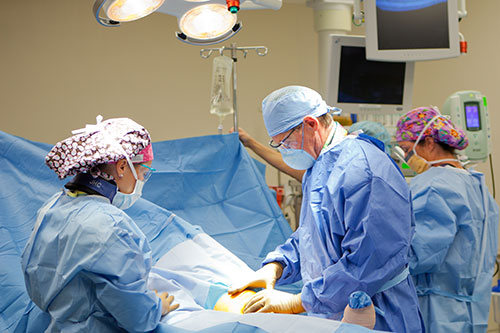Ligament Problems
![]() An increase in interest in sports seems to have been the catalyst for more and more ligament problems every year. In fact, there are more than 50,000 hospital admissions for ligament repair. Interestingly, women are 8 times more likely to have an ACL tear than men. Some experts theorize it may relate to high heels or anatomy. The ACL (anterior cruciate ligament) and the MCL tend to be particularly susceptible to injury during sports. The cause is generally turning quickly and twisting the knee, slowing down when running, and landing from a jump. High risk sports include soccer, skiing, basketball, and tennis.
An increase in interest in sports seems to have been the catalyst for more and more ligament problems every year. In fact, there are more than 50,000 hospital admissions for ligament repair. Interestingly, women are 8 times more likely to have an ACL tear than men. Some experts theorize it may relate to high heels or anatomy. The ACL (anterior cruciate ligament) and the MCL tend to be particularly susceptible to injury during sports. The cause is generally turning quickly and twisting the knee, slowing down when running, and landing from a jump. High risk sports include soccer, skiing, basketball, and tennis.
 The Four Most Common Knee Problems
The Four Most Common Knee Problems
Knee cap pain - usually becomes most noticeable when walking up stairs, going down stairs, running or sitting.
Pain from a torn meniscus - the meniscus is the cartilage that keeps the femur (the thigh bone) and the tibia (the shin bone) from hurting or grinding when they rub against each other. If the meniscus is torn, stretched or out of place, pain may occur when the joint is moved.
Pain from ligament problems - there are four ligaments in the knee: the anterior cruciate ligament, the posterior cruciate ligament, the medial collateral ligament, and the lateral collateral ligament. When the ACL is torn, it is often because the leg rotates while the foot stays planted on the ground. Often times an ACL tear is accompanied by a loud popping sound from the knee and the support of the knee gives way. A posterior cruciate injury happens when the knee is forced backwards or when it receives a hard impact. A medial collateral ligament injury most commonly occurs when the knee is hit from the outside while a lateral collateral ligament injury occurs when the knee is impacted from the inside.
Pain from tendon problems - inflamed tendons that connect the knee cap to the shin bone can cause pain.
